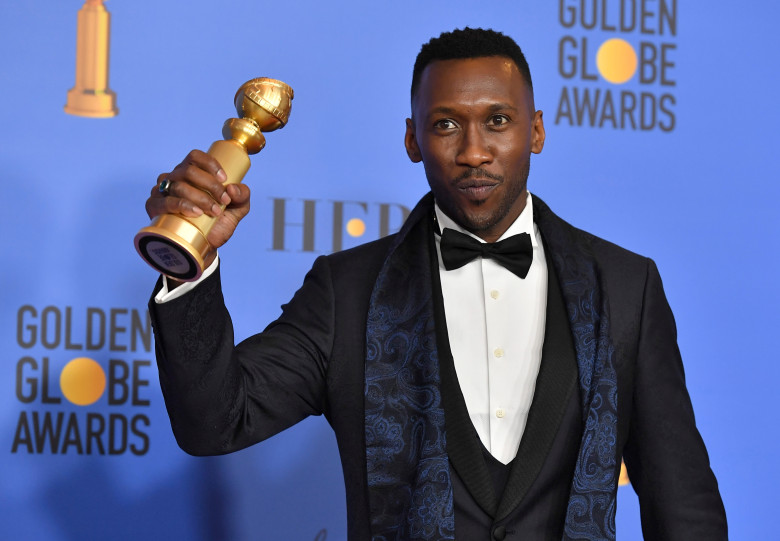
How You Move Matters
Free Alexander Technique Exercises, Tips, and Resources
Posture? ... AT teachers would rather teach you about Choice!
How’s your Posture?
Marjorie Barstow, master teacher of the Alexander Technique (AT), used to say "take a good slump". She was helping us to let go of being "right" in our "posture". By starting from where we were, she was teaching us something essential about how we treat or mistreat our bodies. She gave us many examples of the accessibility of Alexander’s work. She didn’t deal in ideals about posture. Instead, she insisted that we make choices. She was insistent that we took responsibility for our coordination. She was guiding us to move more consciously through life. She was teaching us about the power of choice.
“I can’t teach anything that I haven’t done myself. I may not always do it, you know we don’t always do what we should (life would be very dull if we did). But I know when I want to have more freedom, I know what I can do and what I must do, then I make the choice of whether or not to do it.” – Marjorie Barstow, quoted in Practical Marj
Our cultural take on posture looks like a battle between a mythological ideal and the seduction of sloppy chic along with warnings about “text neck”. Social media ads feature quick fixes and devices that remind us to “straighten up”. These are mechanical solutions for inanimate objects, not people. If we pause to question the positional ideals associated with posture we will learn more about ourselves: how we move, think and feel.
Some of you may have seen it -- I was quoted recently in an article about posture, with a really great title: Is There Really Such Thing as “Good” Posture?.
[...] This picture of posture as a reflection of your outlook to life is one shared by Belinda Mello, a New York-based instructor in the Alexander Technique, the posture-centric system of bodily control subscribed to by many performers, including a few cultural A-listers. Mello, like Lederman, emphasizes that “a person’s posture isn’t a fixed position, but a way of moving.” But like Mason, she thinks value judgements like “good” and “poor” can be usefully applied to how you hold yourself. “Think about what poor posture is like to live inside,” says Mello. “It’s like being in a box, and outside the box is freedom of motion, and access to pleasure and excitement.”
Let’s get out of the posture box, please! Let’s take a break from constantly trying to improve ourselves. Let’s take on a more generous and intelligent approach as human beings - variable and resilient beings - not machines or computer-like objects. We are lively beings with a great capacity for awareness of what we are doing -- and therefore a capacity for choice.
Can we develop greater awareness of ourselves? Surely! Because we already know a lot about being human from our daily lives. We know that how we coordinate, our use, affects how we communicate. We look for the truth in another person through physical expressions in gesture and in posture. We notice postural freedom or fixation. We seek meaning from shifts in postural tension or grace.
Look at some of the celebrated people in the media, arts, business and politics -- look at how they stand, sit and move. Notice the consciousness they are embodying. Do you see their stature reflect awareness? Are they present, including all that is around them? The Oscars are a great time to observe coordination and expression!
When a person is joyful, when a person is deeply involved in something they want to do, when a person is aware of themselves while welcoming in the world around them — maybe that’s good posture!
Image by StockSnap on Pixabay
How To Avoid Being Triggered By Your Family During the Holidays
How to avoid being triggered by your family during the holidays
The holidays are the perfect time to reconnect with your family—which, for many of us, brings up mixed emotions. We love our families and we want to see them and spend time with them. But for many of us, family members also have a unique ability to drive us crazy, causing us to fall back into old patterns and making us feel like we never left.
This holiday season, if you start to get triggered by your family’s annoying habits—or you find yourself reverting back to your childhood role in a maelstrom of dysfunctional family dynamics—remind yourself of one thing. All those reactions, whether they're justified or not, are reactions. They're just patterned responses to some stimulus—and those reactions usually happen entirely on automatic pilot.
When a certain someone makes a passive-aggressive comment about your weight or a pointed joke about the fact that you’re still single, wouldn’t it be nice to find a way to create a gap between what they say and your reaction to it? To create a little cushion of time for yourself so you can be less reactive to triggers?
A good place to start is by activating your postural balance so that your movement coordination reflects a calmer, more creative use of your central nervous system.
Start taking care of our nervous system by taking care of your head. Your head is subject to the actions of your neck. Freeing up your neck is the key to taking care of your head, and therefore yourself.
You don’t need to be an anatomy expert to know something about your neck muscles because they get super tight when we're tense. The neck has layers of muscles, some close to the spine, others creating the graceful shape of your neck. These muscles move your head and manage your balance.
Take a moment to get more in touch with your neck. Start by nodding your head for a moment and feel the muscles around your throat and the back of your neck. Turn your head side to side, looking right and left. You'll feel muscles move but also stretch. Tilt your head like you're listening to your shoulder, first on one side and then the other. You'll feel a lot of stretching and contracting going on.
So, now that you’ve found those muscles that move your head and directed your awareness to them, what if you soften those muscles instead of tightening them so you aren't pulling your head at all?
When you soften those muscles, your head is much freer, and the spring-like action of your spine can release. Without pressure from tight neck muscles, the weighty head can actually rebound upward, allowing your stature to expand. Back muscles and spinal discs that were compressed can follow along in spring-like release. Breathing becomes less compromised by musculoskeletal pressure.
This anti-triggering movement frees your brain up and out instead of pulling your brain down and into your body and mindless reactivity. So give it a try next time the holiday cookie tray gets passed around. Freeing up your neck/head/back relationship will give you a cushion of time for being less triggered.
What can you do in the cushion of time you’ve just found? Take a minute to appreciate being unhooked and take your attention off yourself. Observe your family members neck and heads in action. Notice how they're moving (or not moving) and what's happening with their balance. Are they scrunching down on themselves? Are they moving easily with lots of flow?
Chances are that you've been unconsciously mirroring the tension of the people around you. If they're holding an opinionated position in a conversation, they're probably also holding a rigid physical position. If you can un-position and be more flexible, you’ll have a great advantage. You won’t be stuck.
So how does ease and freedom in your neck help you be less reactive emotionally? Flexible neck/head/back coordination goes along with resiliency. Whereas tension makes us more self-conscious, release of tension enhances our awareness of what's going on moment-to-moment around us. Like other vertebrate animals, we’re more rigid when we’re on alert and more plastic when we’re at ease.
When you "unset" your neck, you're moving out of your old patterns. You're opening up the possibility that you don't have to react to your usual triggers. You're opening "up and out" to new experiences with your family. And they’ll be experiencing you as your most resilient, calm, and joyful self.
Happy Holidays!
Belinda Mello
What is AT Motion?
WHAT IS AT MOTION?
"At a certain point the boundaries between acting technique and Alexander technique began to fade...and a stronger sense of teaching a whole person in a dynamic, personal way became clearer to me".
It may have started when I was a young performer. I happened upon a site-specific performance that made my heart skip! The director was Anne Bogart, and she opened up my world by showing me that my passions for improvisation, movement and story were all facets of one creative design. Later I was able to work and perform with her - how fortunate I was to be given such a key to life and art. Slowly I have continued to learn that the distinctions or categories we sometimes believe in don't serve us. And I honestly admit that I have to fallen for false beliefs about "this versus that" over and over again in the process of learning to recognize them.
Another stroke of luck was landing a job as adjunct in the Brooklyn College Theater Department. I got to teach lively, sometimes rowdy and emotional, but always big-hearted young adults on their journey as actors. I am so proud of the accomplishments of those former students. Along the way, on my own journey, I built curriculum over 15 years of teaching and earned an MFA. I studied and taught Mask, deepened my appreciation for the many modalities I learned over the years while developing my own unique teaching approach. Recently, I have added Margolis Method into the mix.
At a certain point the boundaries between acting technique and Alexander technique began to fade... and a stronger sense of teaching the whole person in a dynamic, personal way became clearer to me. I discovered that the work I was doing with actors proved to be invaluable for my private AT students, none of whom were actors themselves. This is why I call my work AT Motion. I started with the idea of Alexander Technique in motion, but I no longer feel that I simply "apply" Alexander's work to motion. AT Motion now means BEING in motion, being at motion, being as motion.
AT Motion is my unique approach to being at motion.
You are made to move. The more you allow yourself to move freely, the healthier and happier you'll be.
Belinda Interviewed on Alexander Audio
Belinda was interviewed twice by Robert Rickover of AlexanderAudio.com
Listen to Belinda discuss How Actors use the Alexander Technique and [Her] Experience with the Alexander Technique:










